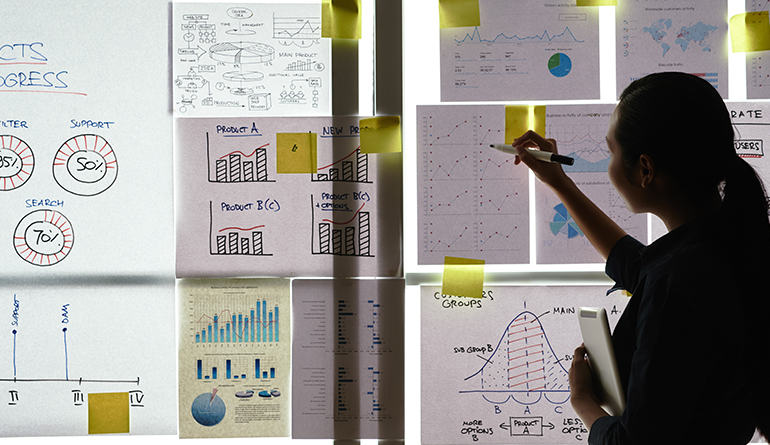Software modernization transforms legacy IT systems and platforms to meet today’s standards of flexibility, security, scalability, and integration.
At Axen, we treat modernization as a strategic business initiative—one that revamps operational models and enhances digital competitiveness, not simply replacing obsolete technology.
We conduct a comprehensive analysis of architecture, codebase, data structure, and UX/UI, then design a tailored transformation strategy to upgrade from legacy platforms to modern, efficient, and adaptable environments.

Modernization shifts IT from a maintenance burden to a business enabler. Legacy, hard-to-support systems are replaced with flexible, integrated, and scalable architecture. The impact includes:
Many organizations still rely on systems built for a previous era—unstable, inefficient, and rigid.
Such systems hinder digital initiatives, constrain productivity, and expose businesses to growing security and regulatory risks.
In a world where users and teams expect a flexible, fast, and innovative digital experience, software modernization is not optional—it is essential.
Upgrading your foundational systems ensures you can scale, innovate, and remain future-ready.
Software modernization tackles the foundational barriers that prevent organizations from scaling, innovating, and operating efficiently. Many companies operate on outdated systems that are no longer fit for purpose—creating hidden costs, operational fragility, and a disconnect between strategic ambition and technical capability. These legacy systems delay product launches, expose the business to security vulnerabilities, and obstruct integration across functions. Without modernization, organizations risk stagnation and missed opportunities.
Modernization solves issues far beyond outdated code—it’s a catalyst for operational transformation:
“A business cannot be future-ready if its systems remain trapped in the past.”

Every process execution follows a structured journey from diagnostics to design, implementation, capability building, and continuous improvement ensuring each solution is context-aware, measurable, and aligned with business outcomes.
Review architecture, code quality, data patterns, and user experience.
Develop a phased roadmap to align legacy systems with modernization goals.
Choose tech stacks suited to scale, performance, and regulatory needs.
Move data, functionality, and interfaces through staged and secure transitions.
Connect with existing systems and conduct thorough integration validation.
Introduce monitoring, feedback loops, and ongoing enhancements post-launch.
Reduced downtime and enhanced platform resilience.
Modern interfaces and features drive adoption and minimize support needs.
Platforms are primed for rapid change and future feature rollouts.
Lower resource allocation for legacy support and increased operational agility.
Subscribe to our newsletter to hear the latest news